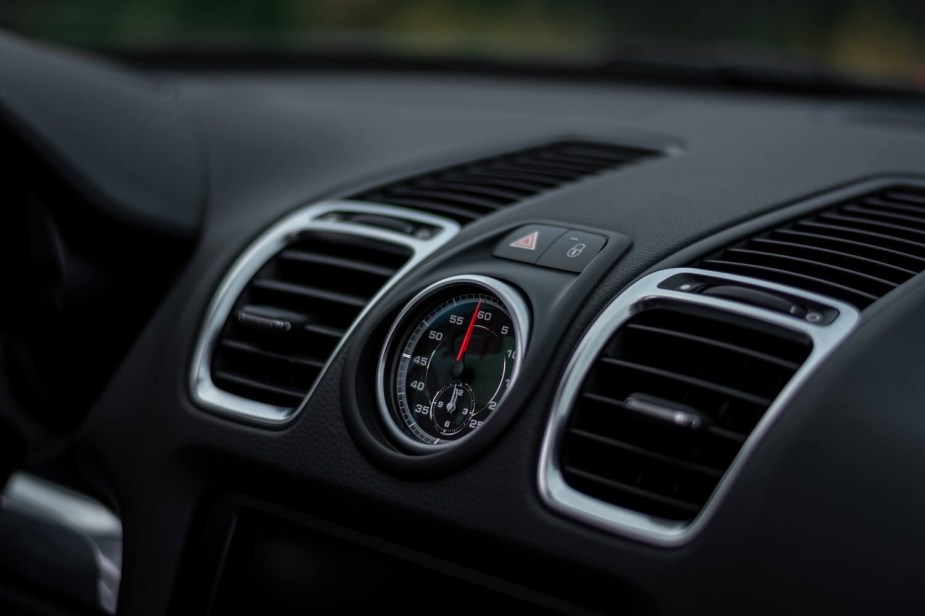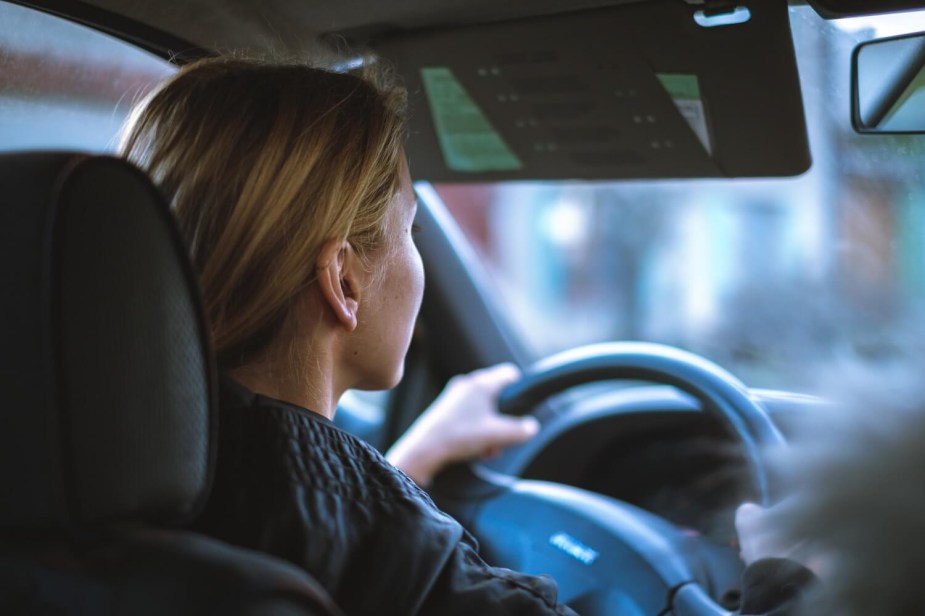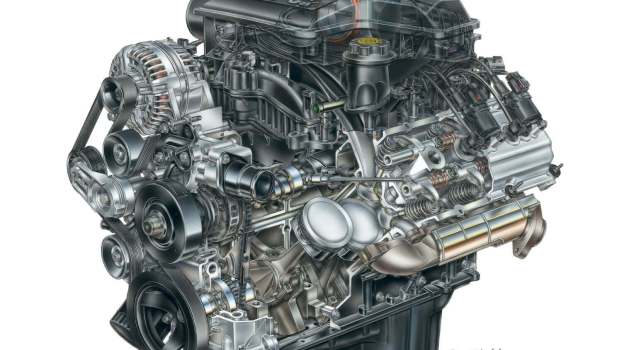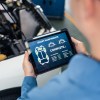
Is Your Car’s Air Filtration Making You Sick?
It’s time we talk about your car‘s air filtration system. As part of a car HVAC system, an increasing number of automakers are installing an electronic air purifier called an air ionizer. This unregulated technology is supposed to magnetically charge molecules you don’t want in your air (such as tobacco smoke), so those molecules stick to a nearby surface instead of floating into your lungs. But a byproduct of air ionization is ozone gas which is very bad for your lungs.
What is an air ionizer in a car HVAC system?
An air ionizer uses an electric current to attract extra electrons to air molecules, leaving them negatively charged. Supposedly, these air molecules transfer their charge to particles hanging in the air. Then those particles fall out of the air.

Do air ionizers work? Consumer Reports won a lawsuit against Sharper Image after the nonprofit claimed this technology doesn’t work any better than a regular air filter. But that’s not the focus of this article. My question is: are in-car ionizers dangerous?
Is your car’s air filtration system making you sick?
Every air ionizer produces some ozone gas, a harmful ingredient of smog. The EPA concluded that household air ionizers don’t make toxic amounts of ozone. But ozone levels can become dangerous in small unventilated spaces, according to a recent study.

When negatively charging air ions, you create some ozone molecules (O3). This is a necessary risk in environments such as hospitals, where an infection can mean certain death. But the EPA recommends that hospitals running medical ionizers keep ozone below 0.05 parts per million (ppm).
During the SARS epidemic, many folks in East Asia bought medical-grade air ionizers to set up in their homes. One rumor is that high enough ozone levels will kill organisms such as bacteria and maybe even viruses. The EPA doesn’t refute this but clarifies that such levels are equally dangerous to humans. Ozone breaks down your lung tissue and makes you more prone to airborne infections.
Companies such as The Sharper Image brought this trend to North America by offering air ionizers targeted at consumers. As the buzz grows, luxury car manufacturers have begun to brag that their latest air filtration systems include an air ionizer. But these in-car ionizers may be making you sick.
The University of California Irvine conducted a study on the health risks of air ionizers. It found that in small, unventilated areas, an ionizer can push ozone levels dangerously above that 0.05 ppm number. Your car could be just such a space.
Even more concerning: many automakers buy the same car HVAC systems from suppliers for their entire fleet. That means the same size air ionizer produces the same amount of ozone in a three-row SUV and a sports coupe. This is the perfect recipe for even higher concentrations.
What cars have an air ionizer?
Automakers currently advertising the air ionizers in their cabin air filtration system include Land Rover, Jaguar, Hyundai, Buick, BMW, and Cadillac. But because many automakers purchase HVAC components from the same suppliers, there are likely many more cars and SUVs with air ionizers.

Why are automakers adopting a technology many North American car buyers have never heard of? One reason may be that they’re targeting the Chinese market. One clue is that General Motors deploys air ionizers in many of its Buicks, a popular brand in China.
In-vehicle air ionizers do have their uses. For example, if you are driving through wildfire smoke, this technology might be able to clear the smoke from your cabin. If you are having trouble breathing, short-term exposure to ozone gas would seem a fair tradeoff. But the technology has not been proven effective against larger molecules such as dust or pollen.
Vehicle owners should educate themselves on the benefits and downsides of air ionization. Moreover, I’d like to see every automaker allow drivers to switch their air ionizers on and off–like BMW, GM, and others are already doing. They should also publish an ozone ppm rating for that specific model’s cabin size–like many home air ionizers already do.
Next, find out whether EV makers duped early adopters or learn more about in-car air ionizers in the video below:






